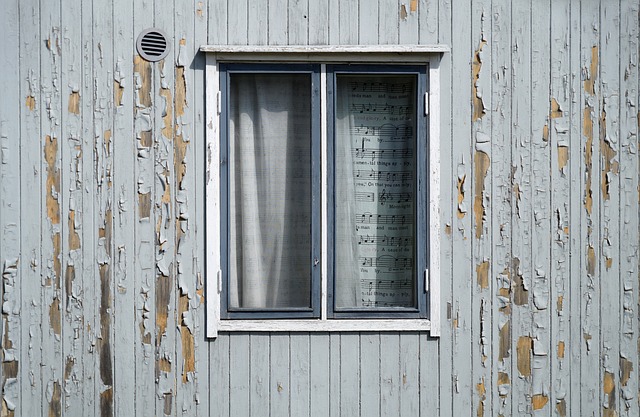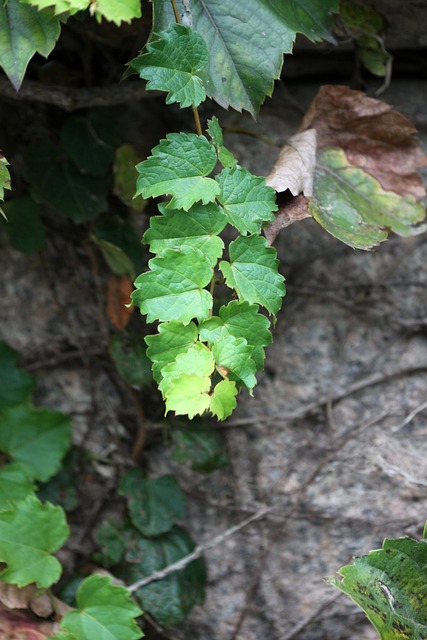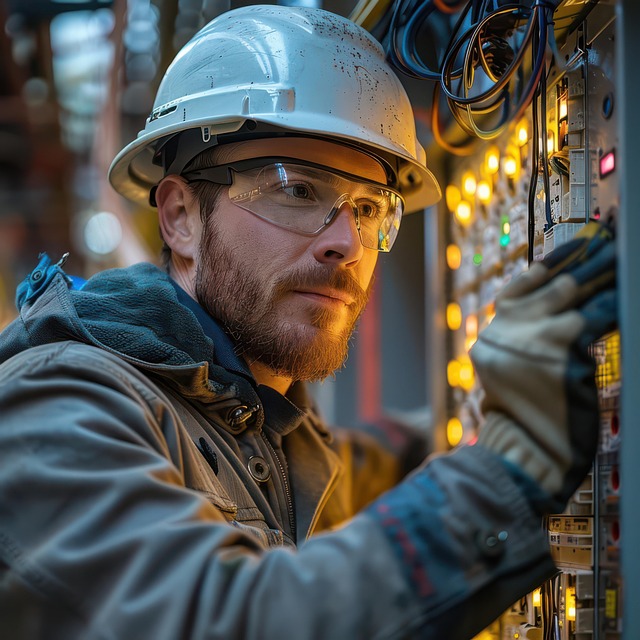Stem wall repair using concrete piers offers a robust solution for structural integrity in challenging conditions like seismic activity or settling soils. Professionals assess sites, drill holes, insert steel bars, and fill with concrete for durable load-bearing columns suitable for new construction or retrofitting. Early detection of cracks and uneven settling is crucial; regular inspections prevent extensive future repairs. Concrete piers redistribute load, stabilize structures, and reinforce walls, ensuring long-term safety and durability. Meticulous planning, material selection, excavation, and installation are vital for successful stem wall repair. Crack repair involves assessing damage causes and using epoxy or hydraulic cement. Proper post-installation maintenance includes inspections, drainage management, cleaning, and sealing to prevent corrosion.
Concrete pier installation is a critical process ensuring structural integrity and stability for homes and buildings. This comprehensive guide delves into every aspect of stem wall repair, from understanding the foundation to post-installation care. Learn when this repair is necessary by identifying common signs, explore the role of concrete piers in strengthening structures, and discover planning tips and material choices. By mastering these steps, you’ll be equipped to handle stem wall repairs effectively.
Understanding Concrete Pier Installation: A Comprehensive Overview

Concrete pier installation is a specialized construction process that involves creating vertical supports made from concrete, designed to enhance structural integrity and support for various applications. This technique is particularly crucial when it comes to stem wall repair, ensuring stability and longevity for buildings in regions prone to seismic activity or challenging soil conditions. By integrating concrete piers, the load-bearing capacity of walls is significantly improved, offering a robust solution for both commercial and residential structures.
The process begins with careful assessment of the site and existing foundation. Professionals then drill precisely positioned holes, followed by the insertion of steel reinforcing bars to enhance structural strength. After filling these forms with concrete, the piers are left to cure, resulting in solid, durable columns that can support significant weight. This method is versatile, applicable to new construction or retrofitting older buildings, and it provides a long-lasting fix for issues like settling foundations or damaged stem walls.
When is Stem Wall Repair Necessary? Identifying the Signs

Stem Wall Repair is often necessary when concrete piers, used to support structures like foundations or decks, start to show signs of damage or instability. This repair is crucial for maintaining structural integrity and preventing further deterioration. Identifying the signs early on is key; cracks in the stem wall, uneven settling, or visible tilting can indicate a problem. Over time, these issues can lead to more severe structural damage, making prompt action essential.
Regular inspections are recommended to catch any potential problems early. Homeowners should look out for any changes in the alignment of doors or windows, visible cracks in the foundation walls, or uneven floors, as these could point to stem wall repair needs. Addressing these issues promptly can save costs and prevent more extensive—and expensive—repairs down the line.
The Role of Concrete Piers in Structural Support and Stabilization

Concrete piers play a pivotal role in providing structural support and stabilization, especially in challenging terrain or areas prone to settling and shifting soils. These robust pillars are designed to bear the weight of structures, ensuring their integrity and longevity. When it comes to stem wall repair, concrete piers offer a reliable solution for reinforcing and stabilizing these vertical walls, which are essential for retaining soil and preventing erosion. By installing properly placed piers, the structural load is redistributed, reducing the stress on the stem wall and enhancing its overall stability.
This technique is particularly valuable in regions with uneven land or historical structures that have settled over time. Concrete piers act as a foundation, allowing for the reconstruction and reinforcement of walls while mitigating future issues like cracks, leanings, or collapses. By addressing stem wall instability through pier installation, homeowners and builders can ensure the safety and durability of their properties, preventing costly repairs in the long run.
Planning and Preparation: Essential Steps Before Installation

Before initiating concrete pier installation, meticulous planning and preparation are paramount to ensure a successful project. Commence by assessing the site, factoring in structural requirements, soil conditions, and potential obstacles. This step is crucial for determining the appropriate type of piers and their placement, aligning with local building codes and engineering standards.
Preparation involves clearing the area, removing any debris or existing structures that might impede installation. Proper marking and layout are essential to establish the pier locations accurately. Additionally, securing necessary permits and consulting with professionals, such as engineers or architects, can help avert potential issues and guarantee compliance with regulations, especially for stem wall repair projects.
Choosing the Right Materials for Concrete Piers

When it comes to concrete pier installation, selecting the appropriate materials is a critical step. The choice of material can significantly impact the durability and overall success of your stem wall repair project. Concrete piers require robust and long-lasting components to bear the weight and withstand environmental factors. Opting for high-quality concrete mixes, reinforcing bars (rebar), and proper aggregate will ensure the structural integrity of the piers.
Consider factors like climate conditions, soil type, and expected load to determine the best materials. Modern innovations in concrete technology offer advanced options, such as fiber-reinforced concrete, which enhances strength and crack resistance. Proper material selection not only ensures the safety and stability of your stem wall repair but also contributes to the longevity of the entire structure.
Installation Process: From Foundation to Final Touches

The installation process of concrete piers begins with careful planning and preparation, ensuring a solid foundation for structural support. The first step involves assessing the site and determining the best location for pier placement. This includes evaluating soil conditions and identifying any potential challenges like existing stem wall repair needs or uneven terrain. Once approved, excavation starts to create the foundation for the piers.
After the hole is dug, concrete is poured and left to set, forming the base of the pier. As construction progresses, workers attach steel rebar to reinforce the concrete, enhancing its strength and durability. This critical step ensures the pier can withstand various loads and environmental factors. The final touches involve adding any necessary hardware, such as anchors or brackets, for additional stability.
Common Challenges and Troubleshooting Tips for Stem Wall Repair

Concrete stem wall repair is a specialized task that often comes with unique challenges. One common issue is cracks, which can be caused by various factors like settlement, frost heave, or poor initial construction. These cracks not only compromise the structural integrity but also create entry points for moisture, leading to potential water damage and mold growth.
Troubleshooting these issues requires a systematic approach. First, assess the extent of the damage. If the crack is minor, simple repairs with epoxy injections or hydraulic cement might suffice. For larger cracks, however, it’s crucial to address the underlying causes. This may involve re-grading the land around the wall, stabilizing the soil, or even replacing sections of the stem wall. Regular inspection and early intervention are key to preventing recurring problems.
Post-Installation Care and Maintenance Guidelines

After a concrete pier installation, proper care and maintenance are essential to ensure longevity and structural integrity. Regular inspection is key; check for any signs of damage, cracks, or settling, especially during the first few months after installation. Addressing issues early through timely repairs can prevent more significant problems down the line.
One crucial aspect is to maintain proper drainage around the stem wall. Keep the area free from debris and ensure water doesn’t pool against the pier base. Regular cleaning and clearing of vegetation will help with this. Additionally, sealing the surface of the concrete regularly can protect against moisture intrusion, which could lead to corrosion or damage over time, especially in areas prone to extreme weather conditions.
